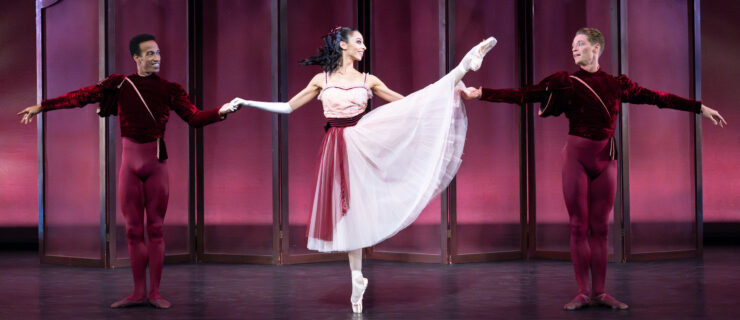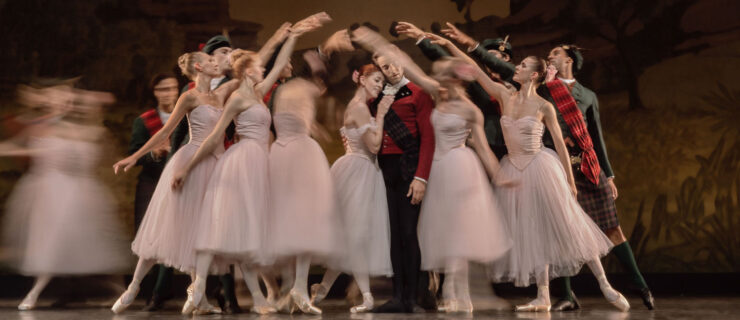Inside Prix de Lausanne: From Foster Care to International Stage
It’s Thursday morning at the Prix de Lausanne, and San Francisco Ballet School director Patrick Armand is teaching class. In the front row stand John Edmar Sumera, 16, and Benedict Sabularse, 17, two candidates from the Philippines. Each has a juicy plié and strong pirouettes, but what’s even more apparent is how eagerly they soak up Armand’s corrections–and how quickly they apply them. There’s perhaps a reason for their sense of urgency: they’ve only been training for three years. But there’s more to it than that. Both young dancers started ballet classes through the Tuloy Foundation, a nonprofit organization for poor, abandoned and homeless children that works with the Department of Social Welfare and Development in the Philippines. Founded in 1993, it provides rehabilitation services, vocational schooling and supervised housing for approximately 200 children.
Tuloy Foundation also has a thriving ballet program through a partnership with Academy One Music and Dance Center, where Sumera and Sabularse receive free training. (It set up a special Facebook page to cheer the boys on.) “We’re not a national school, but we’re serious about what we do,” says Academy director Cherish Garcia. “These two boys took to it quite naturally.” So much so that both have attended summer intensives on scholarship at The Royal Ballet School.
John Edmar Sumera dancing a variation from Coppelia. Photo by Gregory Batardon, Courtesy PdL.
While Sumera and Sabularse originally took classes three times a week, their teachers Jeffrey and Pamela Espejo ramped up their training to six days a week to prepare for the Asian Grand Prix last August. “I thought, if they do well, we’ll try the Prix de Lausanne,” says Garcia. To their surprise, Sumera won silver and Sabularse placed fourth and received a special award.
Both boys dream of dancing professionally with a company like American Ballet Theatre. “I always tell them their future is not in our country,” says Garcia. “There’s not much in terms of work for a ballet dancer.” While neither moved on to Saturday’s finals, they hope that their performances at the Prix result in a scholarship offer to a professional ballet school. “We’re meeting new teachers and making new friends,” says Sabularse. “It’s been a very good experience.”
For more news on all things ballet, don’t miss a single issue.





